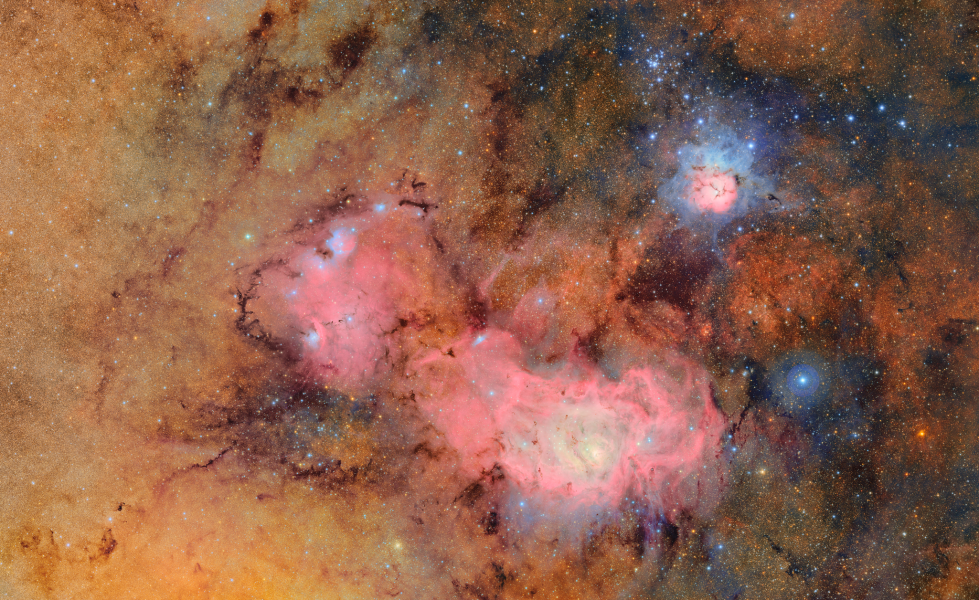Spectacular First Images from the Vera C. Rubin Observatory
The long-anticipated Vera C. Rubin Observatory has officially captured its first images of the universe, marking a groundbreaking moment for astronomy. Nestled in the Chilean Andes Mountains, this state-of-the-art observatory is designed to survey the entire visible sky every few nights, offering an unprecedented view of our ever-changing universe. Featuring the largest digital camera ever built for astronomy and a 27-foot-wide mirror, the Rubin Observatory is already changing our view of the cosmos.

Among the first observations is the stunning image of the Virgo Cluster seen here, showing the huge variety of galaxies in our universe. Just about every single thing we see in this image is a galaxy, home to billions of stars. Most prominent are two spiral galaxies in the bottom right section of the image showing off their spiral arms. Above them we see three merging galaxies with gas, dust, and stars forming a connecting web between them. In total, we can see thousands of galaxies in just this one image, and it represents a tiny fraction of the 20 million galaxies the observatory will study over the next 10 years.

Looking a bit closer to home, another of the newly released images (above) offers us a new look of two nebulae in our own Milky Way Galaxy: the Trifid Nebula, the red and pink shapes toward the center of the image, and the Lagoon Nebula, the blue glow toward the upper right of the image. Both of these are star-forming regions—areas within our own galaxy where stars are born from huge clouds of gas. Inside of them, newly formed stars light up and push away surrounding gas into the swirling clouds seen here. Observing them more closely allows astronomers to study the earliest steps of star formation, from the collapse of giant clouds of gas to the formation of star clusters, and to see how these new stars shape the environment of gas surrounding them.
What truly sets the Rubin Observatory apart, though, is its goal to create a dynamic movie of the ever-changing universe. By scanning the entire sky repeatedly, it will allow researchers to catch changes in real time, whether that is an exploding star, a nearby asteroid, or something completely unexpected. In fact, in just its first few days of operation the observatory discovered 2,104 new asteroids in our solar system. These first observations are just a glimpse of the revolutionary science to come as astronomers prepare to dive into observations that could change our understanding of the very fabric of the universe.
Follow developments from this exciting new observatory at the official Vera C. Rubin Observatory website: rubinobservatory.org
This post was written by Andrew Bundas, Senior Planetarium Educator at LSC's Jennifer Chalsty Planetarium.
